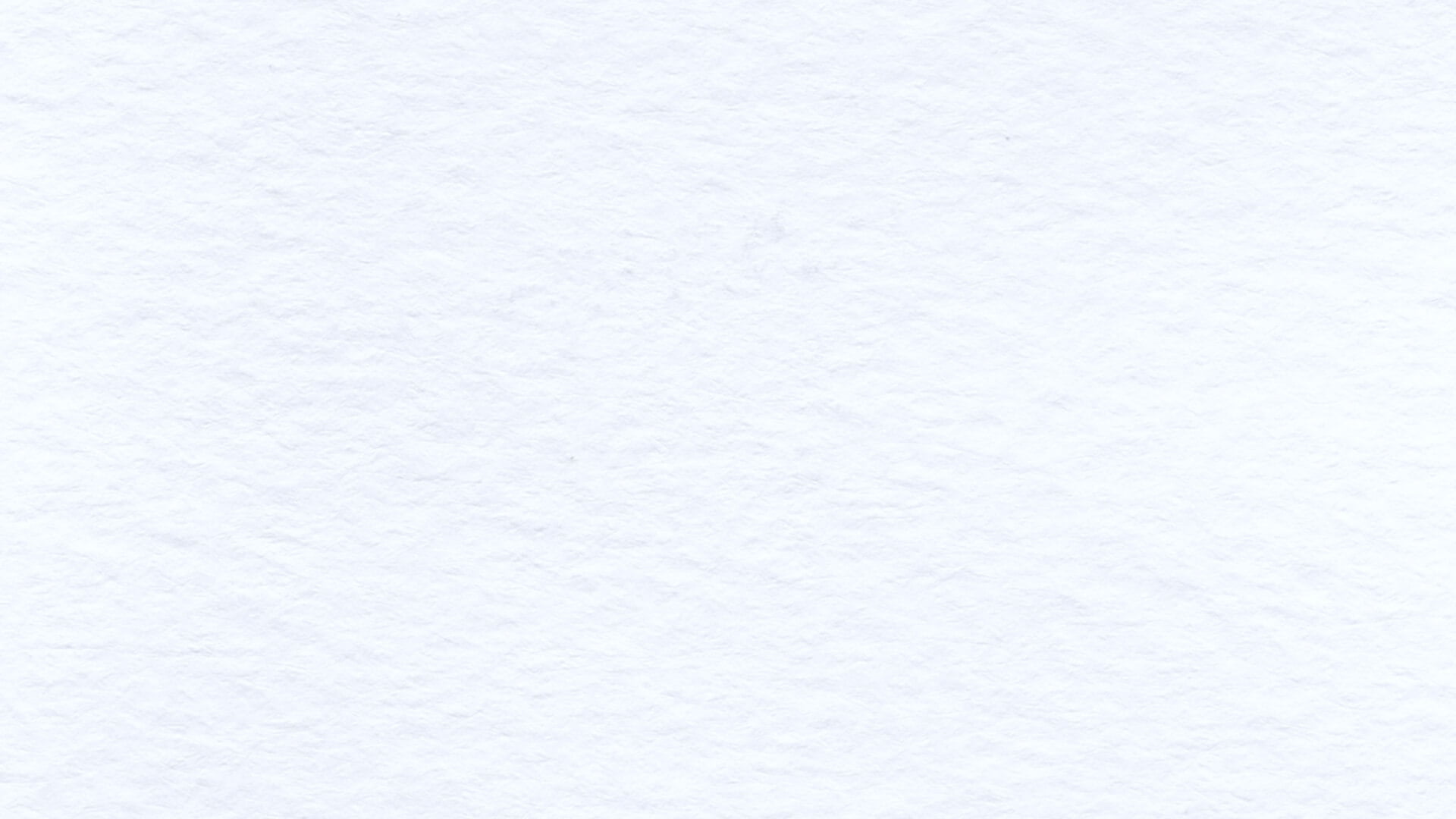
Unconventional Elegance: Left-Handed Calligraphy

If you’re a left-handed individual and ever wondered if calligraphy was for you then this might be an interesting read for you.
Approximately 10% of the world’s population is left-handed, while the majority (around 90%) is right-handed. The preference for using one hand over the other, is determined by our brain specifically the dominance of one hemisphere over the other. The reason why some individuals are left-handed is not entirely understood. It is believed to be influenced by a combination of genetic, environmental, and prenatal factors. Whatever determined that, I always found it fascinating and cool.
We have noticed that handedness typically emerges during early childhood. Although it is a natural and inherent trait, left-handedness has historically been met with cultural biases and challenges in some communities.
Despite the challenges that left-handed individuals may face in a right-handed world, many embrace their left-handedness as a unique characteristic and most certainly must. Left-handed people have made significant contributions to various fields, including arts, sciences, sports, and more. Some studies even suggest that left-handed individuals may have certain cognitive advantages, such as enhanced creativity and problem-solving skills.
Now coming back to the question of whether a left-handed person finds it easy to do calligraphy.
Well, like their right-handed counterparts, lefties share some common ground when it comes to calligraphy. However, there are a few key differences worth noting.
1. Holding or Gripping the Pen: Right-handed individuals typically hold the pen or brush at a slant, say at a 35-40 degree angle to achieve consistent and controlled strokes. The hand rests below the writing line, allowing for smooth movement across the paper. Whereas left-handed calligraphers often face challenges in hand positioning due to the natural tendency to push the pen rather than pull it. Left-handers may need to rotate the paper clockwise to achieve a similar slant and avoid smudging the ink. Some may even have a wrist hook grip where the hand stays on top of the line in order to see what they are writing. Hand position and pen angle may vary depending on the left-hander’s writing style and personal preference.
2. Ink Smudging: Right-handers generally have less issue with ink smudging because their writing hand moves away from the freshly written ink as they progress across the page. But trust me I can still be clumsy with that. Whereas Left-handed calligraphers need to be cautious about ink smudging as their hand moves over the wet ink while writing. Rotating the paper or using quick-drying inks can help minimize smudging. The angle of the page and a proper hold on the pen may help them avoid smudging.
3. Stroke Direction: Left-handed calligraphers may face challenges with the angle of the script and the direction of it. For example, if they were to write italics with a broad-edged nib, Typically a right-handed person would keep the angle of the nib to 45 degrees to get the thicks and the thins right but the same may not work with a leftie, so they may probably have to use a slightly left angled nib to get the same effect and to rotate the paper to the left a bit which usually makes things easier for them.
4. Paper Position: Right-handed calligraphers position their paper slightly to the left bringing the left bottom edge of the paper pointing towards their body Whereas, Left-handed calligraphers may position their paper differently. In order to avoid covering their writing with their hand, left-handed calligraphers often tilt the paper at a steeper angle or rotate it slightly counterclockwise. This adjustment also allows for better visibility of the writing surface and reduces the chances of accidental smudging.
5. Pen Nib Alignment: Left-handed calligraphers may need to align the pen nib differently to ensure proper ink flow. Since the pen is held at a different angle and the hand moves across the writing surface in the opposite direction, left-handed calligraphers may find it necessary to adjust the alignment of the pen nib to achieve optimal ink flow and prevent skipping or inconsistent line thickness.
6. Visual Perspective: Left-handed calligraphers may have a slightly different visual perspective while writing compared to right-handed calligraphers. The angle at which the hand and arm move across the writing surface can affect how the calligrapher perceives the letterforms, spacing, and overall composition. Left-handed calligraphers develop a different eye for adjusting and evaluating their work from their unique perspective.
Mastering calligraphy, regardless of your dominant hand, takes time, patience, and practice. These differences are not limitations but opportunities for creativity and innovation. We have some amazing calligraphers like Gaynor Goffe, John Decollibus, @bad_calligraphy, and of course, Younghae who are left-handed Calligraphers and their work is breathtaking.
I personally believe that left-handed calligraphers have a remarkable advantage as they embrace their unique perspectives and explore techniques that suit their hand orientation, resulting in distinctive and captivating calligraphic works.
Disclaimer: This resource primarily aims to raise awareness about the unique challenges faced by left-handed calligraphers. While there is abundant information available on the internet, this article strives to bring their talent and efforts into the limelight, despite the distinctive hurdles they face.




